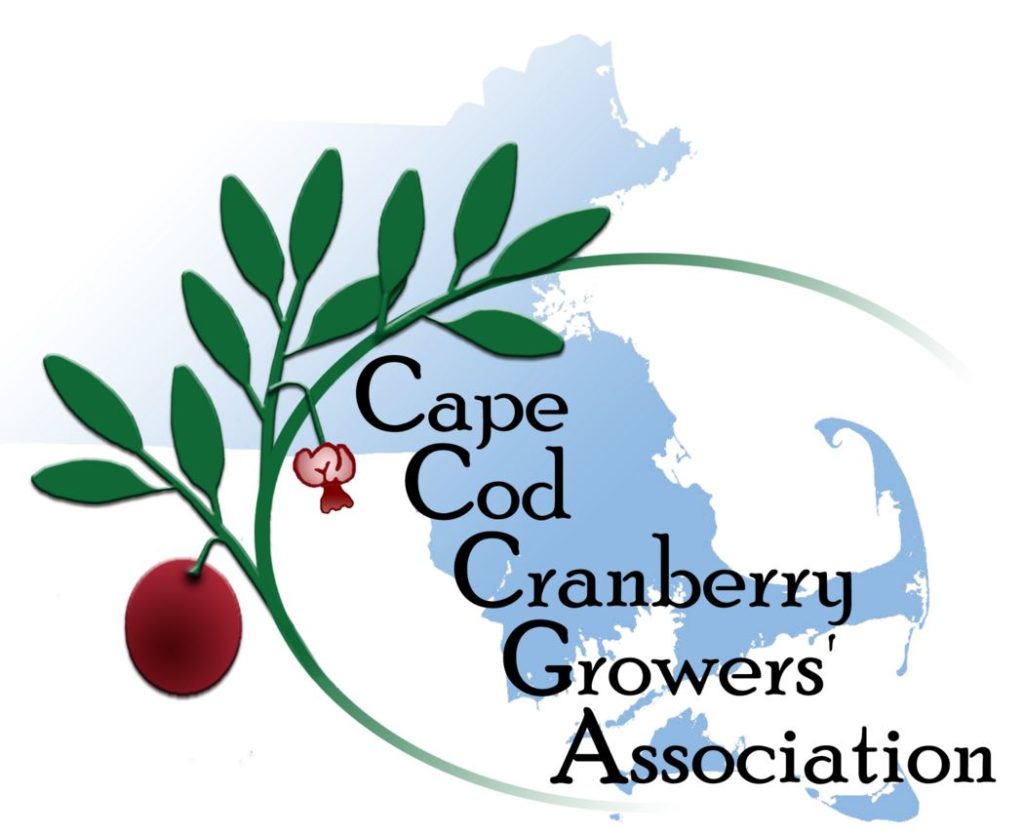2019 cranberry crop projection announced

McGRATHPR.com – The Massachusetts cranberry industry community gathered on Wednesday to celebrate the 132nd Annual Meeting of Cape Cod Cranberry Growers’ Association (CCCGA), a tribute to cranberries as the Commonwealth’s largest agricultural food crop. More than 200 cranberry growers and their employees, industry leaders, businesses that provide goods and services to the industry, legislators and federal and state agencies were present.

Longtime industry supporter Congressman Bill Keating (D-MA 9th District) addressed attendees, speaking about ongoing efforts on Capitol Hill affecting the industry. Senator Mike Rodrigues of Westport and Representative Bill Straus of Mattapoisett, both of whom serve on the UMass Cranberry Station Board of Oversight, spoke on the latest legislative and budgetary efforts at the State House. Newly appointed Secretary of Energy and Environmental Affairs Katie Theoharides and Massachusetts Agricultural Resources Commissioner John Lebeaux also delivered remarks. An emotional highlight came when Clark Griffith, an octogenarian cranberry grower, received the inaugural Massachusetts Cranberry Heritage Award for countless years of dedication and service to the cranberry industry.

Statistician Bruce Eklund from the USDA National Agricultural Statistics Service (NASS) closed the meeting by delivering the 2019 cranberry crop forecast for the United States, divided into five primary growing states – Massachusetts, New Jersey, Oregon, Washington and Wisconsin. According to the report, Massachusetts is projecting a crop of 2.3 million barrels (each barrel equals 100 pounds), up approximately 3% from the 2018 final crop figures. Overall, the total U.S. cranberry crop is projected to be 9.04 million barrels, up 4% from the 2018 harvest.
Massachusetts remains second in cranberry growing production in the country, at approximately 23%. Wisconsin maintains the number one position, yielding about 64% of cranberries grown in the U.S.
“Growers are largely optimistic for a good crop this year. A key variable is whether the fruit continues to size. August into early September is a critical period for cranberries to take on additional moisture and begin to reach their full capacity. Growers struggled with too much rain earlier this season, now would be a good time to have a couple of rain events. They are fortunate to have supplemental irrigation systems to offset what nature doesn’t deliver, but nothing beats a good soaking rain,” shared CCCGA Executive Director Brian Wick. “With Massachusetts trending towards warmer falls than in the past, fruit color is also a concern. Cranberries need cool nights to develop that rich, dark cranberry color that is a trademark of the fruit. If September stays warm, the onset of fruit color development is delayed, and as a result, so is harvest. We’ll find out soon enough how this crop will play out, and our growers will be ready to harvest these healthy, versatile berries!”
For more information about Massachusetts cranberries, visit Cape Cod Cranberry Growers’ Association’s website at cranberries.org or follow the Association on Facebook, Twitter or Instagram.
About Cape Cod Cranberry Growers’ Association

Cape Cod Cranberry Growers’ Association represents more than 325 cranberry growers in Southeastern Massachusetts, Cape Cod and Nantucket. Cranberries are the largest agricultural food commodity produced in Massachusetts, with an annual crop value of $60.2 million. Massachusetts is home to 30% of all North American cranberry acreage and according to a recent Farm Credit East Knowledge Exchange Report, provides over 6,900 jobs and a total economic benefit of over $1.4 billion to the Massachusetts economy. For further information, contact Brian Wick, Executive Director, Cape Cod Cranberry Growers’ Association, bwick@cranberries.org or at 508-866-7878. For the latest updates, visit cranberries.org or follow the Association on Facebook, Twitter or Instagram.







